FINEX Folio
By Reynaldo C. Lugtu, Jr.

I want to begin by laying out something stark: when news broke of the mess surrounding flood control projects, people claimed the Philippine Stock Exchange lost as much as P1.7 trillion in market value. But that number was later adjusted. The SEC eventually said the real damage was closer to P185 billion wiped out in market capitalization. The initial shock, however, lingered — and investors reacted harshly.
When corruption seeps into public works or governance, capital markets tremble. I’ve watched this play out, not just here, but across many nations. The logic is simple: trust collapses, risk perceptions rise, investment slows, valuations shrink. Let me walk you through how that works, and how others have experienced it.
At the firm level, corruption acts like a tax. When corruption seeps into a system, companies often find themselves forced to grease palms or wait endlessly for unclear approvals. Some play favorites to get things done. All of this eats away at their earnings and clouds the business climate. Investors, seeing how messy the process has become, start worrying about where their money will actually end up. They start pricing in more risk and expecting larger profits to justify it, which pushes share values down. Some companies even think twice about going public because the process becomes mired in hidden costs and questionable dealings.
A study by Chowdhury et al. explores “Corruption and Stock Market Development” and finds that in developed economies, lower corruption correlates significantly with larger stock markets (as a share of gross domestic product). But interestingly, in many developing economies the effect is weaker or not statistically significant. The reason, the authors argue, is that in poorer countries, baseline productivity is low and corruption is already severe — so a small improvement doesn’t move the needle much.
Other research backs the idea that corruption leads to lower stock returns and higher volatility. Lakshmi and her team looked into market data covering the years 1995 to 2014 and found a clear pattern: when corruption takes root and institutions lose strength, stock prices tend to suffer. Krishnamurti’s work on “Corruption risk and stock market effects” shows that when firms are disclosed to have low corruption risk, markets tend to reward them with lower volatility and better liquidity.
I also like the paper titled “Corruption and Trust: Evidence from Stock Market,” which looks at how misconduct in one firm spill over to its industry peers. When investors see corruption in a firm from a country already perceived as corrupt, they punish other firms from the same country — especially smaller ones or those with weaker oversight. That contagion effect adds another layer: corruption is not just bad for one company; it drags down sectors and even markets.
Across borders, corruption deters foreign capital. A classic study by Javorcik and Wei finds that in emerging markets, corruption erects an invisible barrier: foreign investors shy away, choose local partners (even if less efficient), or scale back investment entirely. That weakens capital inflows, decreases competition, and limits growth potential in capital markets.
I’ve seen this in practice in countries like Nigeria, Brazil, or India during episodes of institutional breakdown. Trust vanishes, capital flees, initial public offerings dry up, and market participants retreat to safer assets. Even in advanced systems, corruption has bite. In the United States, one study showed that corruption within politics still eats into company value, even in markets known for competition. What helps reduce the damage, though, are solid watchdogs, open reporting, and consistent oversight that keep players in check.
The issue with the flood control projects in the Philippines showed just how quickly confidence can collapse. As soon as stories about misuse of funds surfaced, many traders got jittery. They began to doubt whether government projects were being handled with any care. The worry didn’t just sit with company heads; it quickly spread to the trading floor. Traders began letting go of their shares, fewer deals were made, and prices kept sliding. The P185 billion lost wasn’t an estimate on paper — it was real money, disappearing as people watched. The earlier talk of a P1.7-trillion loss may have caught attention, but the real damage was quieter and deeper: investors lost faith, and that’s the hardest thing to rebuild. Investors now question the integrity of infrastructure spending; some may demand higher risk premiums or simply hold back.
One more point: corruption undermines disclosure and information flow. If regulators, auditors, or courts are compromised or slow to act, then financial statements lose honesty. Investors discount them heavily or avoid those markets altogether. When facts become blurred and data can’t be trusted, the very role of capital markets — to guide funds to where they create the most value — starts to break down.
Corruption leaves scars that show up fast. It forces firms to spend more just to survive, pushes investors to demand better returns or pull out entirely, scares off capital from abroad, and chips away at the trust that holds markets together. We’re watching that happen here at home. The P185 billion lost in value is not just a number on paper — it’s the cost of faith slipping away from our financial system.
The views expressed herein are his own and do not necessarily reflect the opinion of his office as well as FINEX.
Reynaldo C. Lugtu, Jr.is the founder and CEO of Hungry Workhorse, a digital, culture, and customer experience transformation consulting firm. He is a fellow at the US-based Institute for Digital Transformation. He is the chair of the Digital Transformation: IT Governance Committee of FINEX Academy. He teaches strategic management and digital transformation in the MBA Program of De La Salle University. The author may be e-mailed at rey.lugtu@hungryworkhorse.com